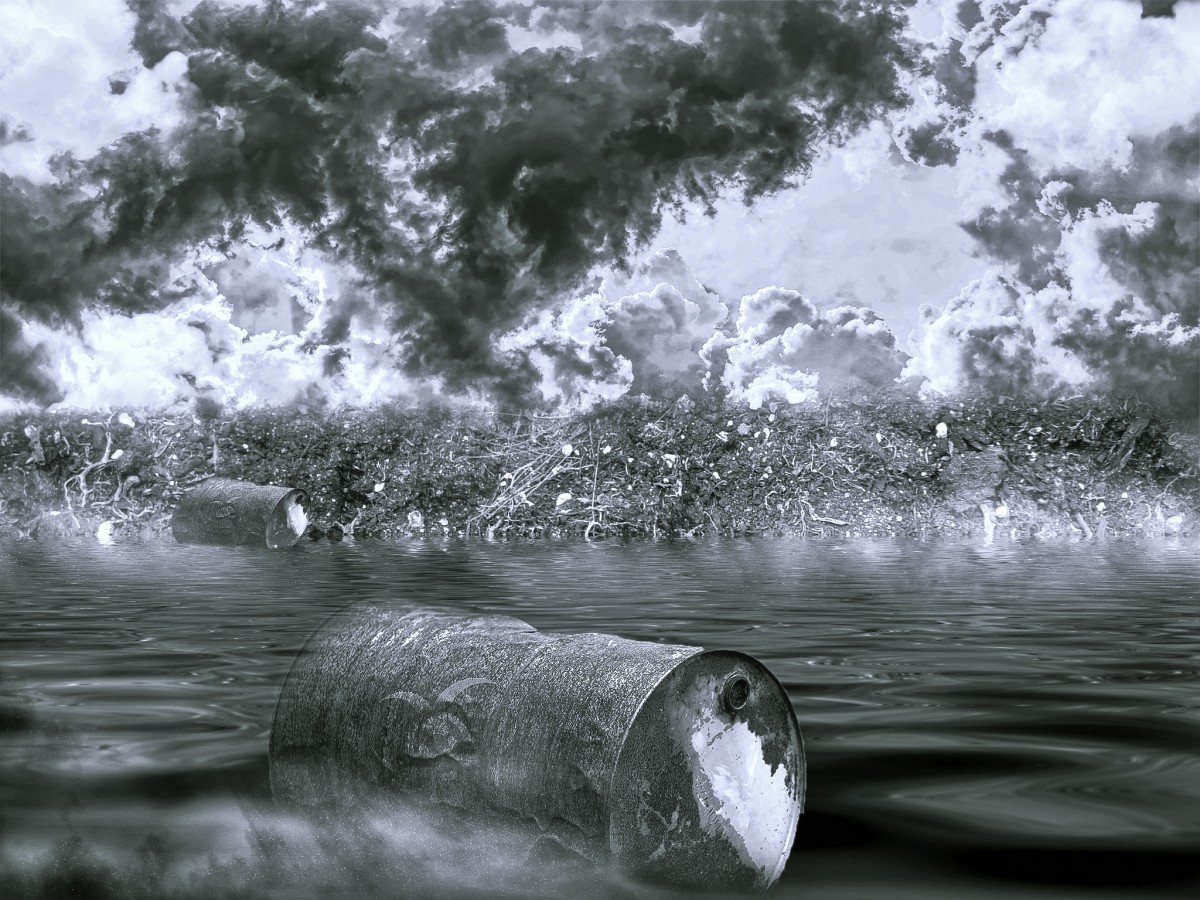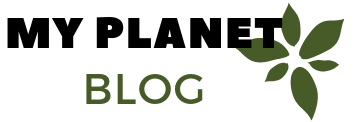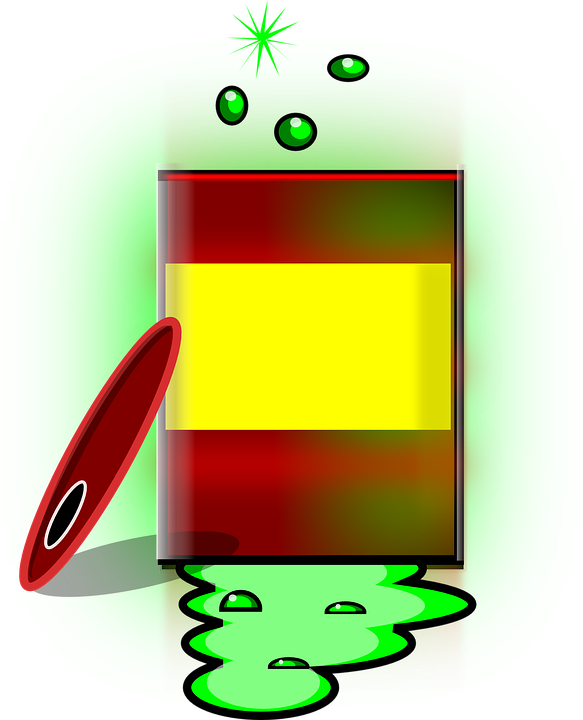Summary
– Toxic waste: from individuals and professionals
– Disposal of toxic waste: stores or landfills
– Treatment of toxic waste: the different channels
Toxic waste belongs to industrial waste but is characterized by its hazardous nature. It does not undergo the same treatment as household waste or vegetable waste.
Toxic waste: from individuals and professionals
Toxic waste is proven to be dangerous. Chemical or poisonous waste can have a severe impact (in the short, medium, or long term, through its direct or indirect effects):
– the environment,
– human health.
It belongs to the category of industrial waste and can come from
– from factories, agriculture, and transport,
– private individuals, hospitals, the army, etc.
Legislation on toxic waste
Wastes are defined by the risks they involve
Being defined as hazardous waste, any waste showing the following risks:
– explosion, combustion, ignition,
– harmful effects, infectious, irritant, toxic,
– cancer,
– corrosion,
– reprotoxicity, mutation,
– ecotoxicity (on nature),
– radioactivity (special legislation).
These wastes can be solid, pasty, or gaseous.
The appearance of other types of waste: bio and nanotechnologies
New wastes more or less dangerous appear, coming from:
– nanotechnologies,
– from the biotechnology industry (or from research in this field).
Several categories of toxic waste

Toxic waste comes from a variety of sources:
– household waste,
– industrial waste,
– radioactive waste,
– waste from care activities.
This waste must be handled, treated, and stored with care.
Several types of toxic waste
The toxic waste can be:
– a used or expired object,
– a toxic substance,
– toxic releases into the air, water, and earth,
– remnants of hazardous products.
Examples of toxic waste: batteries, acids, paint, etc
Toxic wastes are numerous and of varied origin:
– acids: hydrochloric, sulfuric, nitric, hydrofluoric, etc.,
– bases: caustic soda, ammonia, potash, carbonates, etc.,
– batteries that contain mercury, accumulators,
– waste oil, antifreeze, car batteries,
– paints and varnishes,
– organic solvents: white spirit, fuels, alcohol, trichloroethylene, etc.,
– glues and resins,
– laboratory bottles: metallic salts, minerals, toxins, organic acids, etc.,
– ionic solutions: photographic products, iron perchloride, etc.,
– phytosanitary products (pesticides): fertilizers, fungicides, insecticides, etc.,
– gas cylinders and fire extinguishers,
– small waste containing asbestos (small insulation sheet),
– stain removers, rust removers, waxes, bleach, caustic soda, drain cleaners for sinks or toilets, oven cleaners,
– medicines and waste from care activities with infectious risks.
Disposal of toxic waste: stores or landfills
Toxic waste must be disposed of with care.
One rule: do not throw away toxic waste just anywhere
The presence of toxic waste implies responsible behavior:
– do not throw toxic waste into the wild,
– do not throw hazardous waste in the regular trash,
– do not throw hazardous waste in a sorting bin.
It is better to replace toxic waste with an ecological and recyclable product for better respect for the environment.
Recycling and recovery of toxic waste: waste disposal center, pharmacy
The most responsible thing to do is dispose of hazardous waste at a municipal waste collection center that accepts this type of waste.
Please note: the town halls provide the general public with information on this subject.
Some products, such as batteries and accumulators, can be recovered by large commercial stores and sent to the appropriate channels free of charge. Pharmacies also collect used medicines.
At the end of the treatment process, there are two types of waste
– the so-called “ultimate” waste (non-recyclable) is stored and buried in a landfill site designed for this purpose,
– waste that can be recycled is recycled.
Treatment of toxic waste: the different channels
Depending on its origin and type, toxic waste is not treated similarly.
Here are the different channels used:
TREATMENT OF TOXIC WASTE
|
Source |
Special household waste |
Waste from care activities |
|
|---|---|---|---|
|
Origin |
Heavy industry and construction site waste. |
Heavy industry and construction site waste. |
Waste is subject to specific regulations. |
|
Category |
– Organic waste: solvents, hydrocarbons, sewage sludge or sludge from lagoons, industrial sewers, etc. (hospital and veterinary waste). – v: incineration ash, slag, dust, asbestos, etc. – Liquid and semi-liquid mineral waste: surface treatment baths, acids, etc. |
||
|
Treatment |
Polluter pays” principle, the industry is responsible: recycling, burying, recovery. |
||
|
Recovery |
– Incineration. – Mechanization. – Reuse of raw material. |
||
|
Disposal |
– Some SIW: inert or stabilized and conditioned. – Recovery. – Neutralization. – Disposal. |
||
|
Transport |
By law order. |
||

